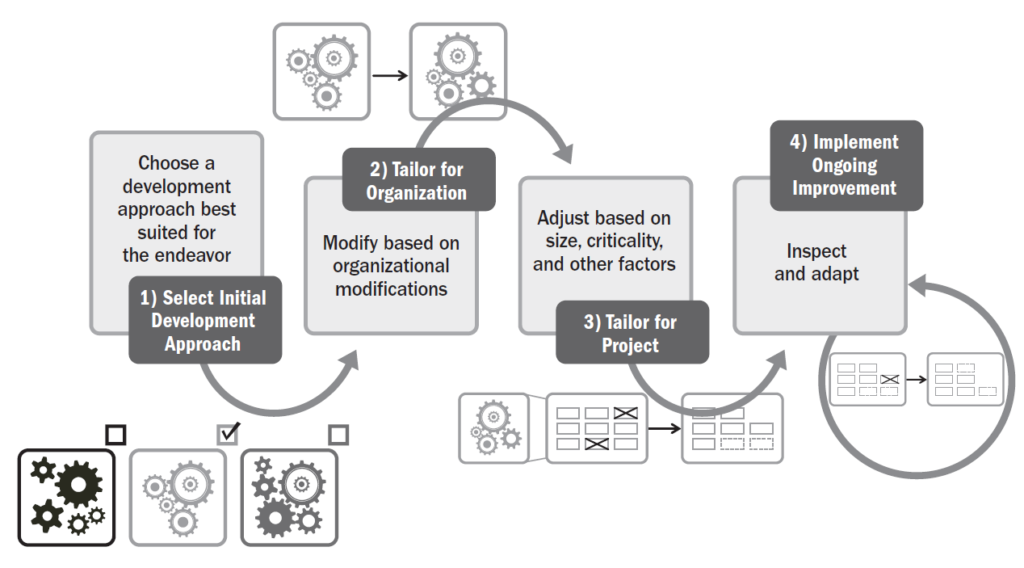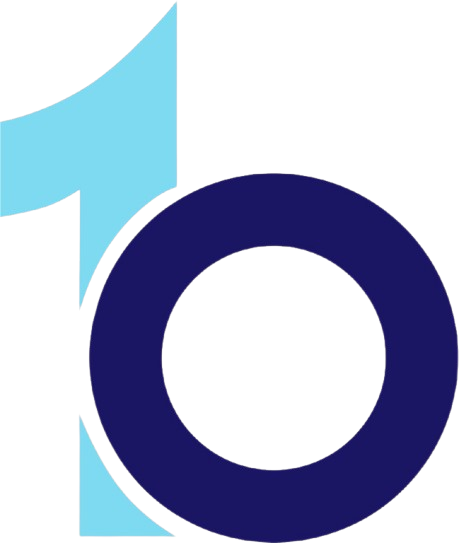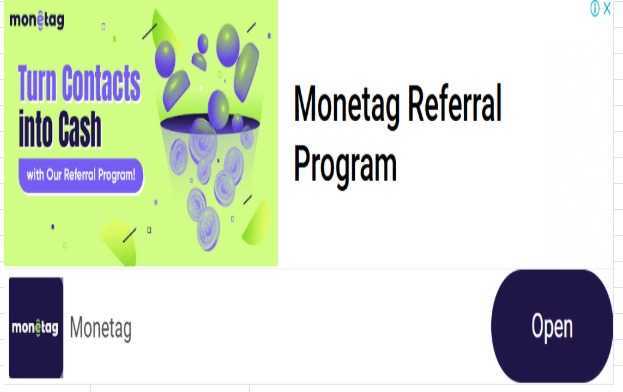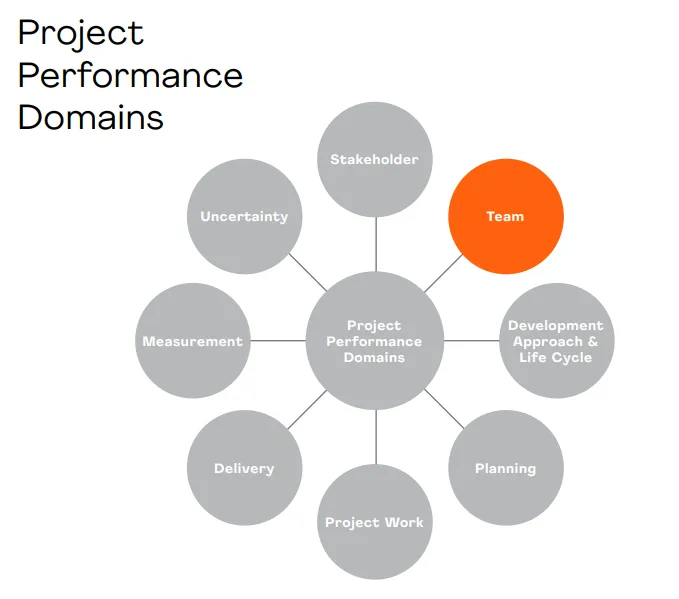Here is the full blog post for “Tailoring the Performance Domains – Project Team” based on PMBOK® guidelines, tailored to meet your 3000+ word blog writing style. You can edit or expand sections as needed:
Tailoring the Performance Domains – Project Team
In the evolving world of project management, the team remains one of the most dynamic and influential performance domains. However, effective team management isn’t about following a rigid structure—it’s about adapting and tailoring team development practices to fit the unique context of each project. The PMBOK® Guide (7th Edition) emphasizes tailoring as an essential aspect of modern project management, especially when dealing with people-centric domains like the project team.
In this article, we’ll explore how project professionals can tailor the Project Team Performance Domain to optimize results, strengthen collaboration, and align with the organization’s goals and culture.
Understanding the Project Team Performance Domain
The Project Team Performance Domain focuses on creating, developing, and leading a team capable of achieving project objectives. It involves activities such as:
- Forming the team
- Establishing team agreements
- Promoting a collaborative environment
- Managing conflict
- Fostering leadership
- Supporting team performance
Since no two teams are alike, tailoring these practices is necessary to accommodate the project’s complexity, organizational structure, and team dynamics.
Why Tailor the Project Team Domain?
Tailoring ensures that the management and development of the team are aligned with the specific context of the project. Here’s why tailoring is critical for the project team:
- Diverse Team Structures: Different projects require different team setups—cross-functional teams, virtual teams, matrixed teams, etc.
- Cultural Considerations: Global teams may require adjustments in communication and leadership styles.
- Project Size and Complexity: Large, complex projects may need more formal team structures, while smaller projects may benefit from agile, flexible teams.
- Organizational Policies: Tailoring helps align project practices with the company’s HR and performance policies.
- Leadership Styles: Different projects call for different leadership approaches—directive, participative, servant leadership, etc.
Tailoring Considerations for the Project Team Domain
When tailoring the Project Team domain, consider the following factors:
1. Team Composition and Size
- Small Projects: May require generalists with overlapping skills and minimal formal roles.
- Large Projects: Often need specialized roles, hierarchical structures, and detailed role definitions.
- Tailoring Tip: Adjust role descriptions and recruitment based on project goals and resource availability.
2. Skill Levels and Experience
- Teams with experienced professionals may require less supervision and more autonomy.
- Less experienced teams might need stronger guidance, mentoring, and structured processes.
- Tailoring Tip: Balance skill levels through training, coaching, or pairing junior team members with experienced mentors.
3. Geographic and Cultural Diversity
- Distributed or global teams bring time zone, language, and cultural challenges.
- Tailor communication protocols, meeting schedules, and conflict resolution methods to bridge differences.
- Tailoring Tip: Use collaborative tools and asynchronous communication for remote teams.
4. Development Approach
- Predictive (Waterfall): May require formal team structures, defined responsibilities, and centralized control.
- Agile/Hybrid: Encourages flat hierarchies, team empowerment, and cross-functional collaboration.
- Tailoring Tip: Match team structure to the development approach. For Agile, use roles like Scrum Master, Product Owner, and self-organizing teams.
5. Team Agreements and Working Norms
- Establishing norms, values, and behavioral expectations early in the project helps create alignment.
- Tailor the process of team chartering or agreement creation to the team’s maturity and context.
- Tailoring Tip: Use workshops or retrospectives to co-create agreements and revisit them periodically.
Tailoring Leadership and Team Development
1. Leadership Style
- Tailor leadership styles to suit team maturity, complexity of work, and stakeholder expectations.
- Examples:
- Directive leadership in high-risk projects.
- Servant leadership in Agile environments.
- Transformational leadership for change-driven projects.
2. Motivation and Recognition
- Not all teams are motivated the same way. Tailor reward and recognition systems based on team preferences and cultural expectations.
- Tailoring Tip: Use surveys or one-on-one meetings to understand what motivates individuals.
3. Conflict Management
- Some cultures avoid confrontation, while others are more direct.
- Tailor conflict resolution methods accordingly, using facilitation, mediation, or escalation when needed.
4. Coaching and Mentoring
- High-performing teams benefit from ongoing development. Tailor coaching initiatives to help teams continuously improve.
- Tailoring Tip: Incorporate coaching as a part of regular feedback cycles or retrospectives.
Tailoring Tools, Techniques, and Technology
1. Collaboration Tools
- Tailor tools based on team preferences, location, and technical proficiency.
- Remote teams may rely on Slack, Zoom, or Microsoft Teams.
- Co-located teams may prefer in-person stand-ups or physical Kanban boards.
2. Performance Monitoring
- Use KPIs, OKRs, velocity charts, or other metrics suited to the project approach.
- Tailoring Tip: Avoid one-size-fits-all metrics. Choose ones that align with project goals and team workflows.
3. Training and Learning Plans
- New teams or projects with new technologies may need extensive onboarding and learning.
- Tailor the training format—e-learning, in-person, peer training—based on team needs.
Case Scenarios: Tailoring the Project Team Domain in Action
Scenario 1: Agile Start-Up Team
- Context: A fast-paced startup working on a mobile app.
- Tailoring Strategy:
- Adopt flat team structure
- Use daily stand-ups and retrospectives
- Emphasize servant leadership
- Use tools like Jira, Figma, and Slack
Scenario 2: Government Project (Predictive Model)
- Context: Large-scale infrastructure project for a government agency.
- Tailoring Strategy:
- Use formal team hierarchy and reporting
- Conduct weekly status meetings
- Apply directive leadership
- Emphasize formal documentation and audits
Scenario 3: Hybrid Corporate Environment
- Context: Mid-sized organization running a digital transformation project.
- Tailoring Strategy:
- Combine Agile (for tech teams) with Predictive (for compliance)
- Tailor tools across departments (e.g., Confluence + SharePoint)
- Balance centralized planning with team autonomy
Measuring the Impact of Tailored Team Practices
Tailoring must lead to measurable improvements. Here’s how to evaluate the effectiveness:
- Team Health Checks
- Burnout/Engagement Surveys
- Performance Metrics (Velocity, Throughput, Defect Rates)
- 360-Degree Feedback Loops
- Team Retention Rates
Best Practices for Tailoring the Project Team Domain
- Involve the Team – Co-create processes and norms with the team, not for the team.
- Stay Adaptive – Reassess team structure and tools periodically.
- Document Tailoring Decisions – Keep a record of tailoring logic for audits and lessons learned.
- Monitor and Pivot – Use feedback mechanisms to fine-tune your approach.
- Align with Organizational Strategy – Ensure team practices support broader business goals.
Conclusion
The success of any project lies significantly in the hands of its team. By tailoring the Project Team Performance Domain, project leaders can create a cohesive, motivated, and high-performing unit aligned with the project’s context and challenges. Tailoring isn’t a one-time event—it’s an ongoing process of adaptation, feedback, and refinement.
Empowered teams drive exceptional results. And tailored management of those teams ensures that project goals aren’t just met—they’re exceeded.



